David Stairs
My Mother used to shop at five different places, less out of vendor loyalty, which disappeared in America in the ’60’s, than to get the best price. Most of her retailers had grown to large conglomerates; gone were the independent grocers, butchers, and pharmacists of the mid-century.
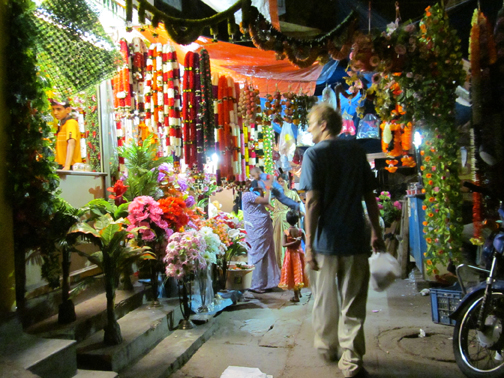
Flowershop at night, Mallesvaram
The way many of the people in this world buy their stuff is nothing like the way most Americans do it. There are farmer’s markets and, in small cities like Eugene, Oregon, where I own a home, a Saturday and Holiday Crafts Market. But this is a mere shadow of markets overseas.
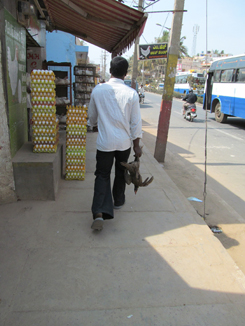
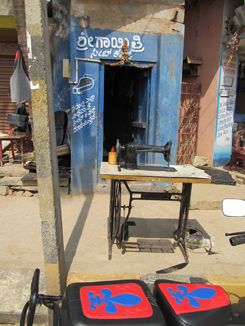
Sunday market, Yelahanka
When I first arrived in Bangalore I lived near Yelahanka, a fringe burb on the sprawled-out northern edge of the city. I visited the Sunday-morning market there a couple months back where strictly anything was available, from live chickens to fresh flowers, embroidered motorcycle seats to temple gods.
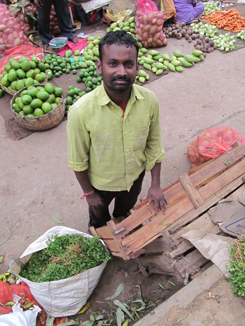
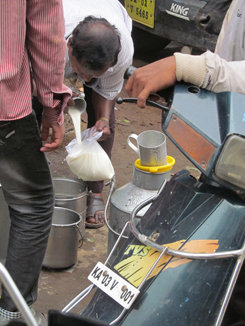
Vendor at City Market; milk in a bag near KR Market
More recently, I visited the City Market/KR Market complexes in central Bangalore. Here I received a bindi from a friendly merchant, and observed a cow being milked on a city street. It doesn’t get fresher than that! In these huge bazaars, tens of thousands of vendors compete for small money selling vegetables or flowers, and vegetable waste is disposed of in the middle of the street for the cows to graze on.
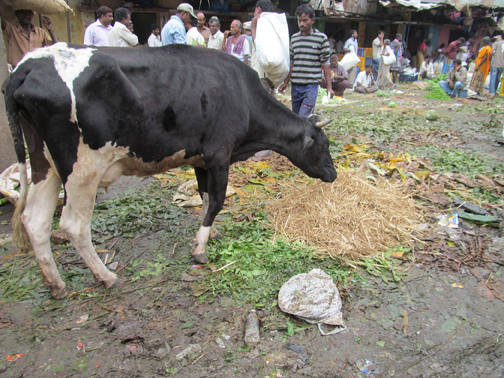
Flowers are an important part of Hindu religious rituals, and most major markets have gigantic flower bazaars. The one at City Market, here seen from above, does not disappoint.
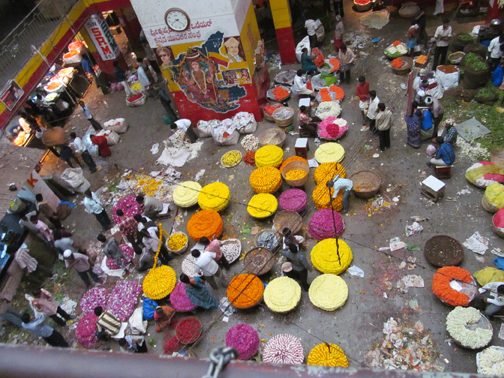
One of the things most noticeable about these small business people, other than their patience sitting cross-legged for hours and tenacity in the face of intense competition, is their attention to detail. It doesn’t matter whether they are selling hardware or vegetables or gulal powder for bindis, presentation is extremely important to these vendors.
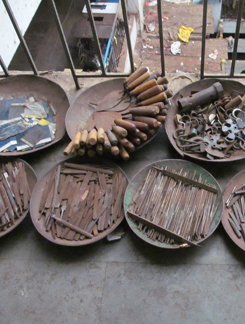
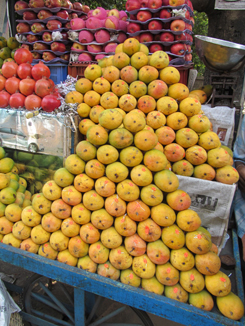

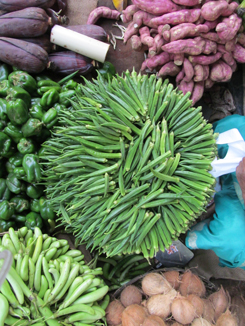 Anything you need, no matter what…is available in a great presentation.
Anything you need, no matter what…is available in a great presentation.
Currently, I live in the Mallesvaram neighborhood of Bangalore. It’s a Brahmin neighborhood, strictly upscale old wealth, with lots of brass plates announcing resident “Doctors” and “Professors” on front gates. It’s a place of tree-lined streets and beautiful homes. Yet, at night, the alleyways come incredibly alive.
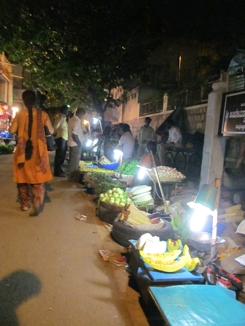
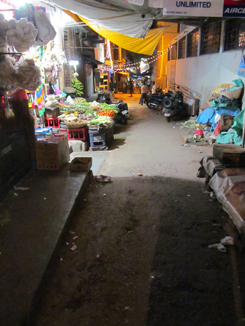
It’s difficult to describe the magical quality of color at night in India. The saturated colors of women’s clothing are supplemented by brightly lighted temples and shops. Even the street vendors all sit illuminated by the glow of compact fluorescents powered by small car batteries.
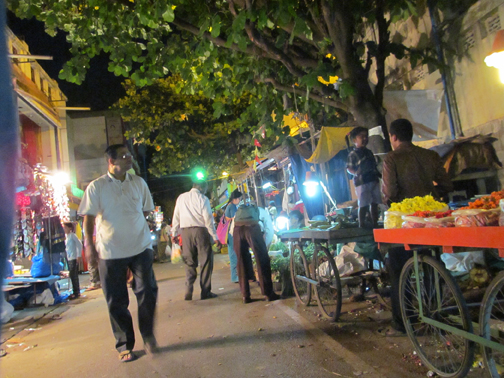
Although many markets are open all day long, the evening market serves the special function of assisting working people on the way home from a long day. Then too, for those who prefer to avoid the blistering heat of mid-afternoon, there’s no better time than 8pm to pick up a few veggies for a typically late Indian dinner.
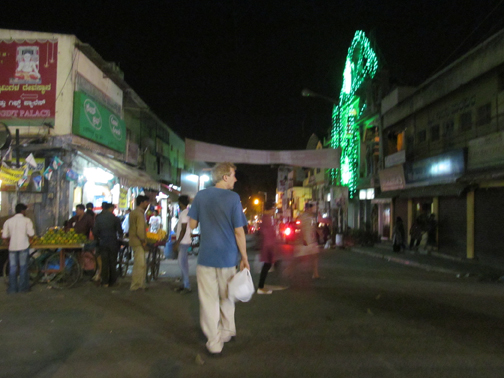
They say that returning home is almost as difficult as adjusting to the culture shock of a new environment. I know shopping at home won’t be nearly as rewarding as crawling through the markets of Bangalore has been.
David Stairs is the founding editor of Design-Altruism-Project











Leave a Reply
You must be logged in to post a comment.